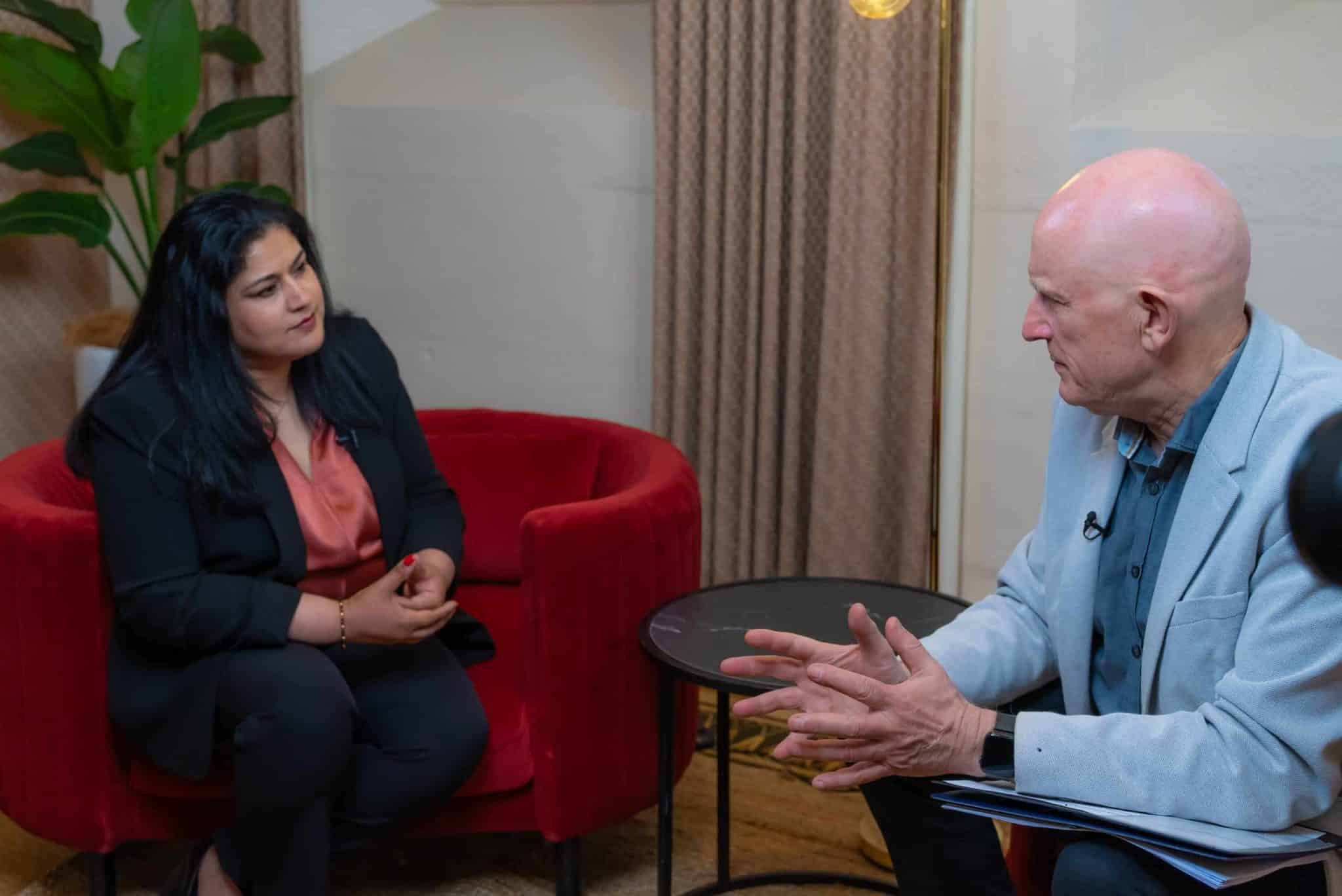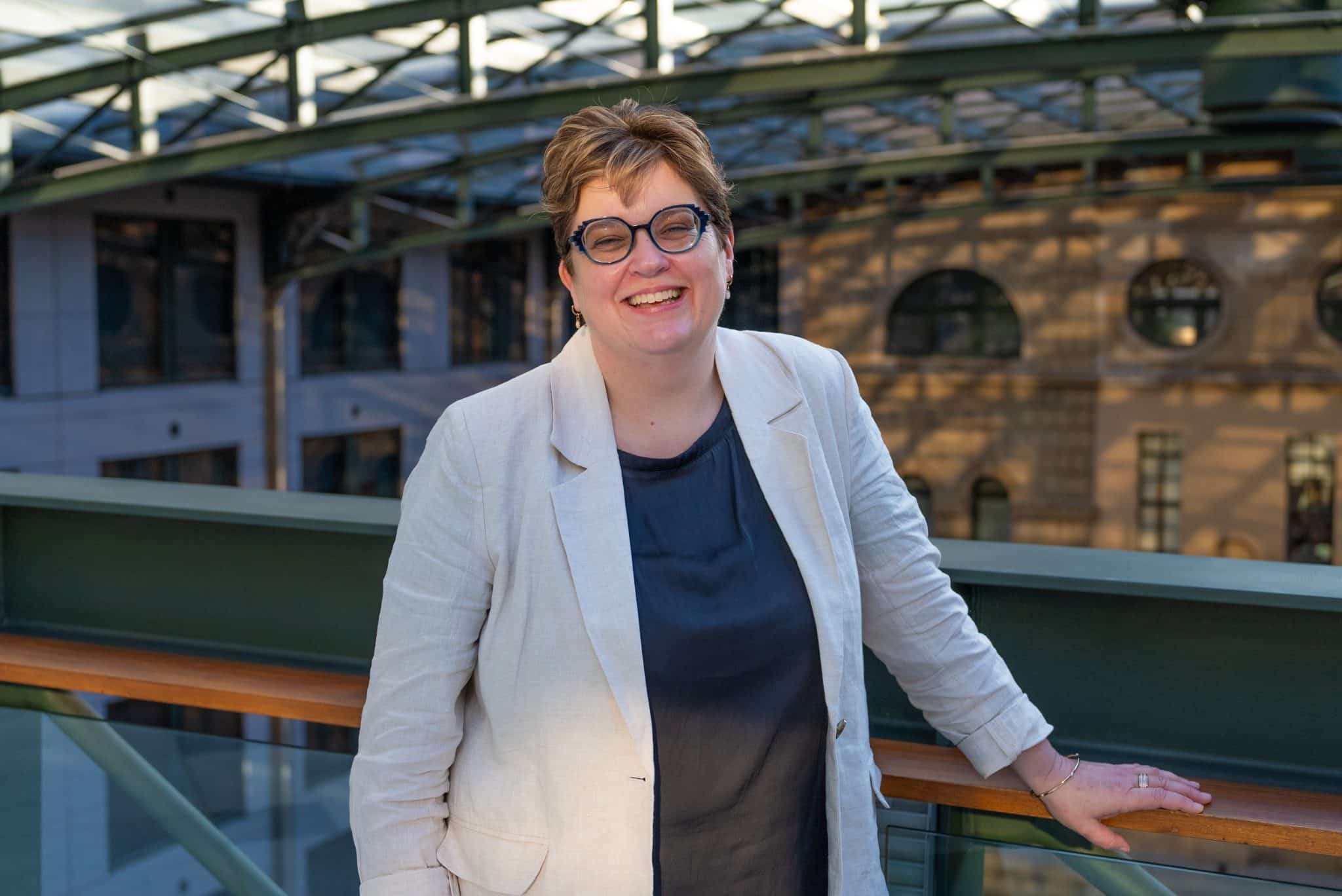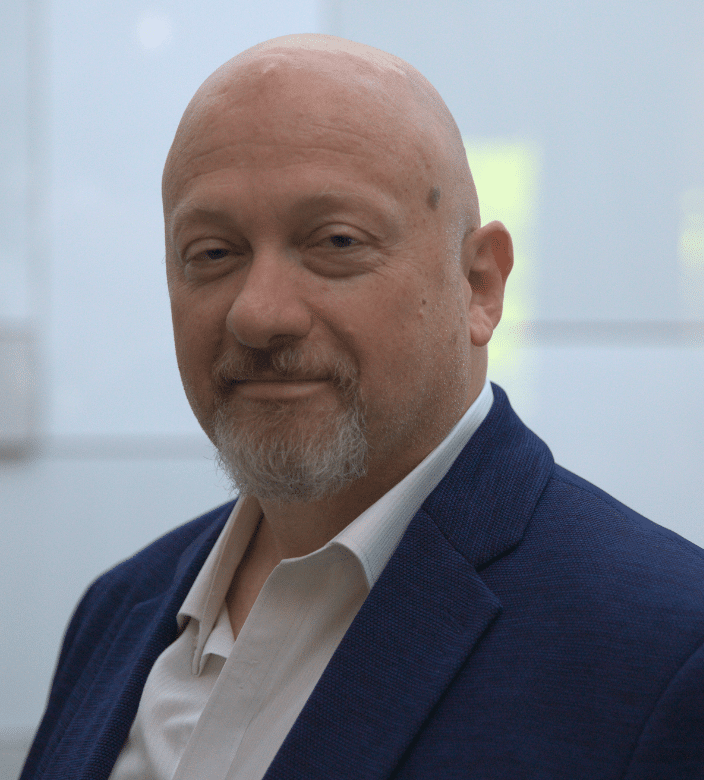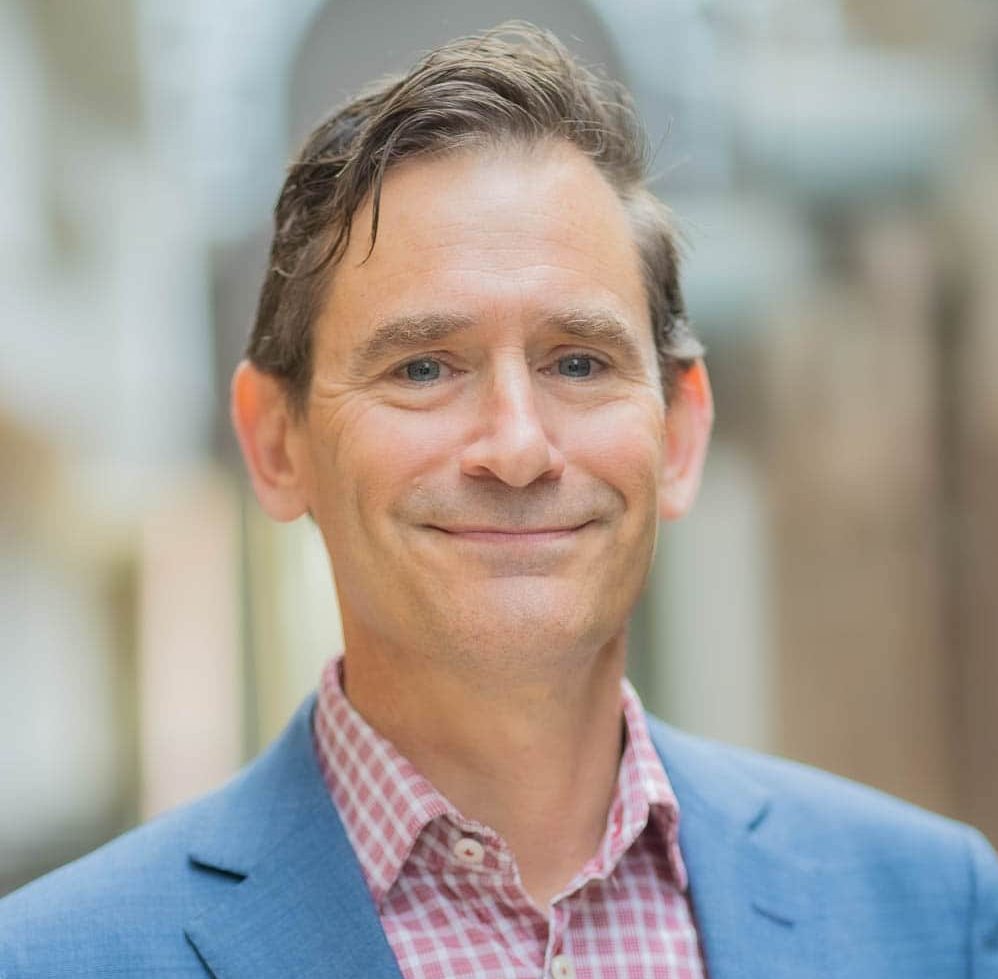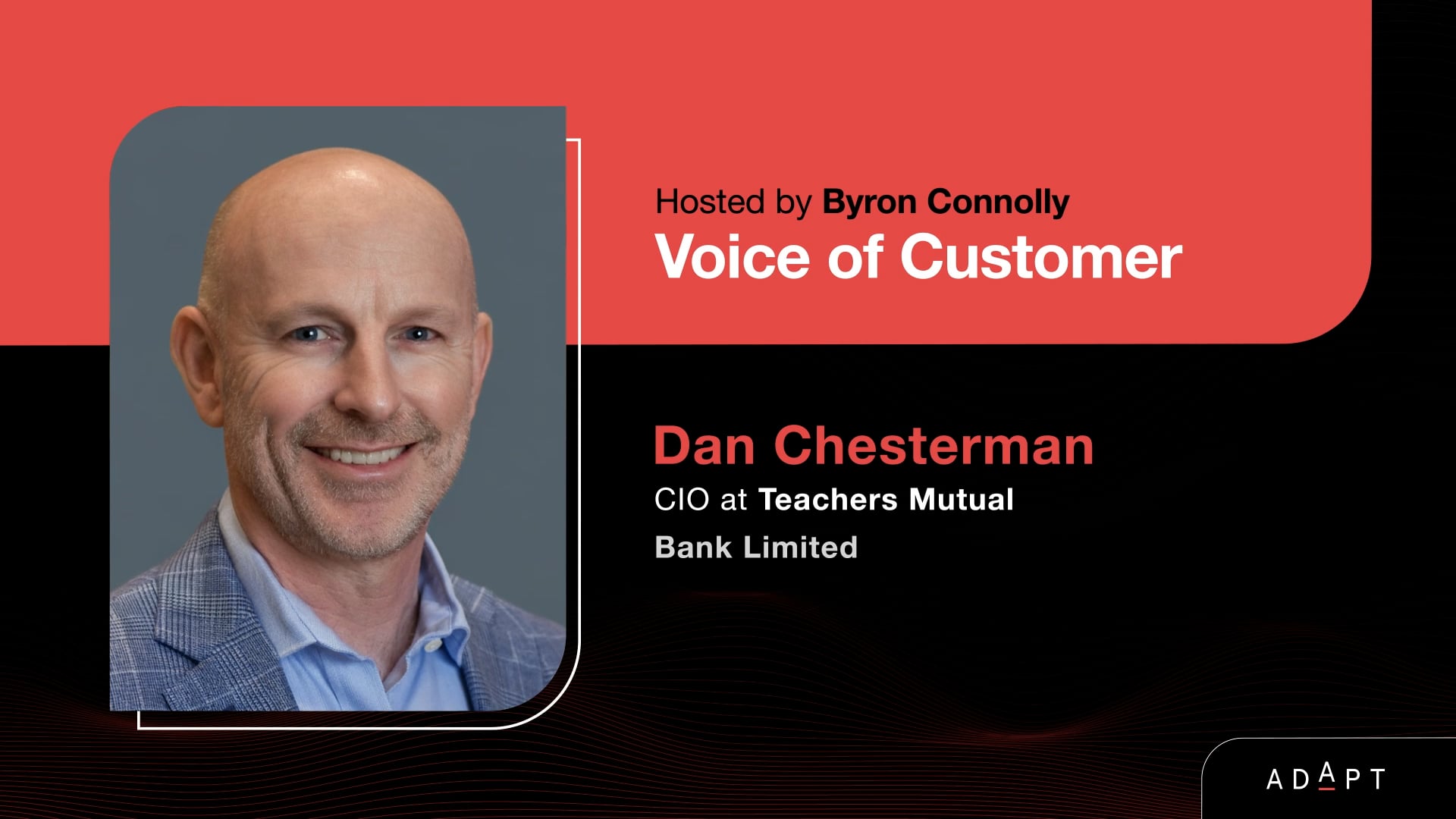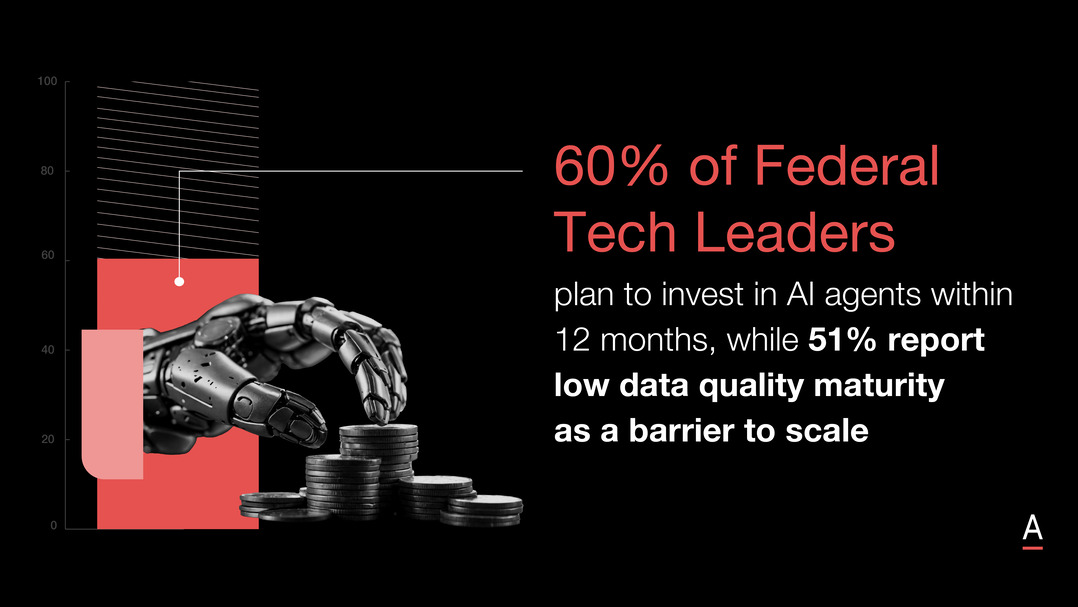ADAPT 2024 Top 10 Interviews showcased how industry leaders adapt strategies to meet digital challenges.
These conversations reveal essential themes like leveraging AI for impactful solutions, aligning technology with organisational goals, and building resilient, data-driven cultures.
Leaders share approaches to operational efficiencies, agile frameworks, and modernisation across sectors, including healthcare, legal, infrastructure, and retail.
Through firsthand insights, they offered a roadmap for navigating today’s digital-first landscape.
1. Australian Red Cross advances AI and data maturity with problem-driven solutions
In this CIO Edge interview, Brett Wilson, CIO at the Australian Red Cross, highlighted that achieving data maturity and applying targeted AI solutions were essential for addressing the organisation’s unique challenges.
Brett outlined how foundational elements—data governance, classification, and quality—were crucial, especially in field operations where errors could directly impact safety.
The organisation’s extensive legacy of data, accumulated over decades, required vigilant protection of “crown jewel” data—sensitive information critical for AI and other technological initiatives.
In discussing AI adoption, Brett described a deliberate, problem-centric approach, contrasting it with technology-driven solutions.
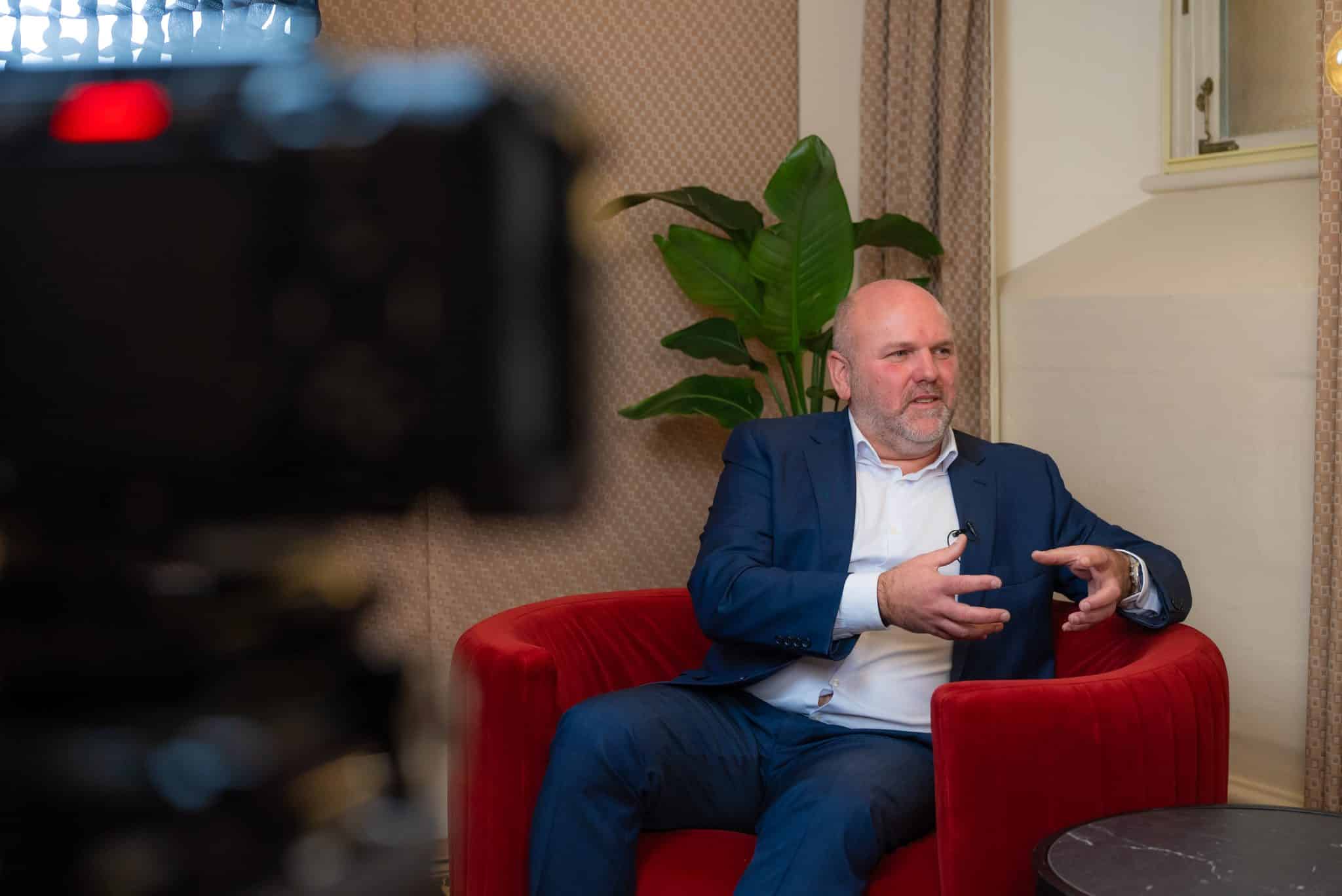
This methodology included using AI-assisted tools, such as a 24/7 support bot that provided operational assistance, greatly alleviating staff workloads during crises.
Brett estimated that this bot alone would save approximately 1.5 million hours over the next few years by handling routine support tickets.
A cautious perspective on AI was maintained due to the “black box” effect, which Brett addressed through iterative testing and gradual trust-building in AI systems.
The organisation assessed reliability by running smaller pilots and comparing AI outputs to manual results, particularly when handling sensitive data like children’s information.
Education and training were integral in mitigating risks, ensuring that staff understood the limitations of AI, including the potential for inaccuracies.
Brett further explained that the Red Cross pursued “problem hunting” to identify pressing business needs before seeking AI or other technological solutions.
This approach ensured that AI served to enhance outcomes where it added tangible value rather than being deployed without a clear purpose.
Looking ahead, Brett envisioned a transformative role for CIOs, moving beyond operational functions to become integral in shaping business strategy, especially as technology became inseparable from organisational goals.
3. Virtus Health advances strategic technology modernisation
Tracey Evans, CIO at Virtus Health, highlighted the need to begin technology modernisation with a clear architectural view—understanding the current tech stack, eliminating duplications, and mapping out future capabilities.
Tracey stressed that a solid architectural framework was crucial for driving successful modernisation efforts.
She reflected on her experience at Seek, where she managed the challenge of balancing application consolidation with the need to create value.
She described a rigorous process that included evaluating existing software to determine whether to enhance or replace it based on its scalability and alignment with business needs.
This process involved conducting market scans, initiating proposal requests, and engaging the business in decision-making to ensure alignment with long-term business goals.
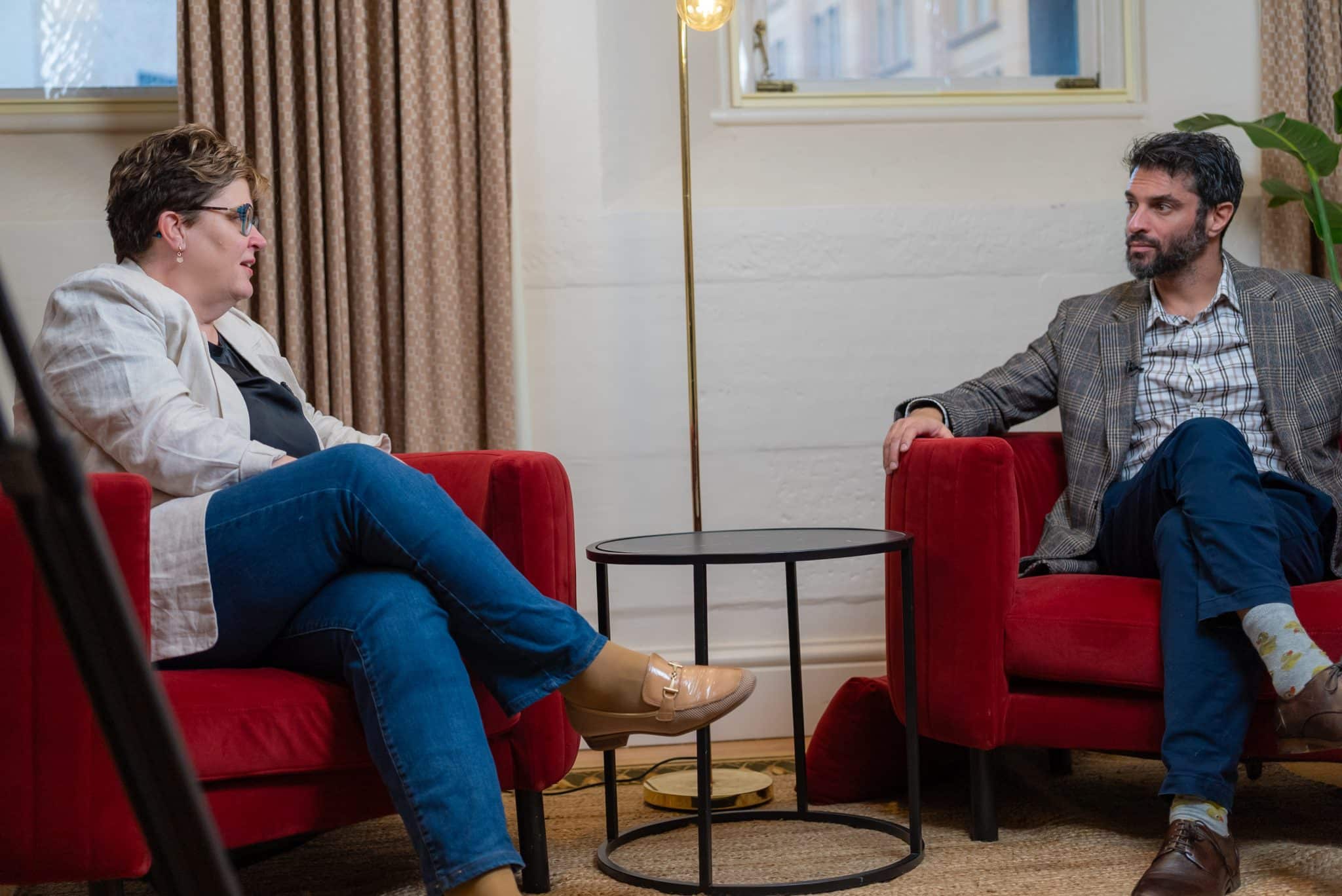
Tracey highlighted the value of involving key stakeholders and the role of thorough due diligence in achieving successful outcomes.
In her role at Virtus Health, Tracey navigated a broader tech landscape, managing the entire tech domain in a healthcare setting, contrasting with her previous focus on specific tech areas at Seek.
She discussed the challenges of educating stakeholders in healthcare on the benefits of digital transformation and the importance of building digital champions within the organisation.
She anticipated shifting CIO roles towards broader business engagement and education, alongside maintaining technology security and effectiveness.
4. IBM Australia advances digital strategy through incremental AI modernisation
5. James Cook University embeds agile frameworks in digital transformation
Geoff Purcell, Chief Digital Officer at James Cook University, highlighted agile frameworks as crucial to the university’s digital transformation.
He asserted that effective digital initiatives required a strategic integration of people, processes, and technology, rather than a narrow focus on technology alone.
This holistic approach was vital for adapting to the evolving demands of modern educational environments.
Geoff detailed adopting new operating models and agile practices to improve service delivery and optimise the IT operating structure.

His reorganisation promoted collaboration and efficiency through agile methodologies while ensuring stakeholder engagement at all levels.
This commitment helped to deliver tangible benefits for both staff and students, as well as to measure success through a variety of metrics.
A major aspect of the transformation involved a comprehensive training program for 127 product owners and stakeholders on the Scaled Agile Framework (SAFe).
By building a shared understanding of agile principles, the program equipped staff with the necessary skills to engage effectively in the transformation, fostering a culture of adaptability within the university.
To address the complexities of the university’s fragmented applications environment, the initiative included upgrading knowledge bases and developing user-friendly service catalogues to empower staff and students.
Geoff positioned James Cook University through these strategies to thrive in a digital landscape, ensuring agile practices drove the institution’s ongoing transformation.
6. Coles leverages AI and sustainable tech for retail innovation
7. Slater & Gordon drives innovation through AI and data analytics
8. Mission Australia balances innovation and impact in tackling tech challenges
Peter Smith, CIO at Mission Australia, discussed the challenges of advancing a technology strategy within the non-profit sector, where resources were constrained.
Unlike commercial organisations with extensive budgets, Mission Australia prioritised technology initiatives that directly improved client outcomes and supported frontline staff.
Peter shared that digital services, such as case management and secure digital records, were central to enhancing service delivery for individuals facing homelessness and mental health challenges.
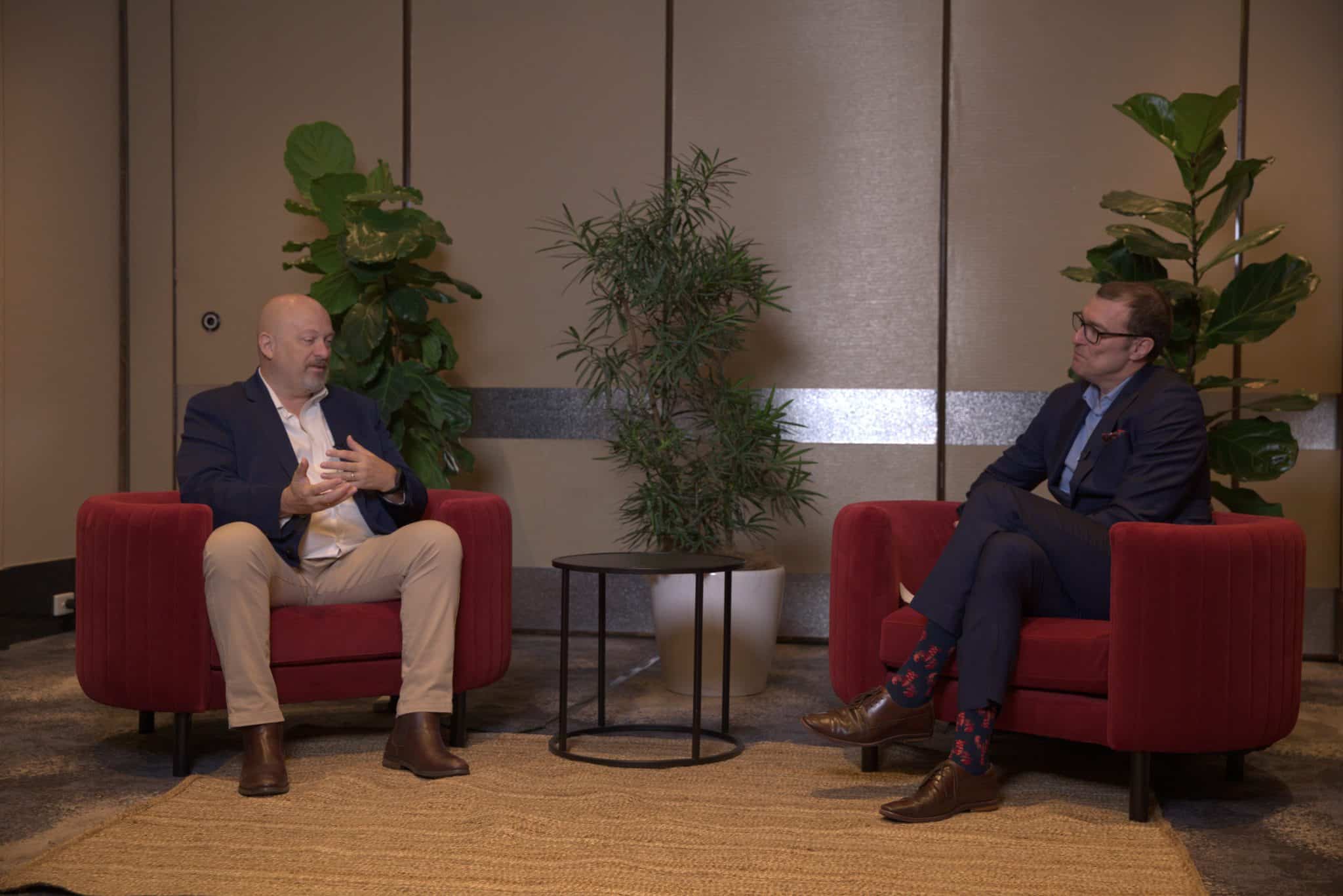
Maintaining strong data security remained crucial when handling sensitive information about vulnerable populations.
He explained that technology was used to support, rather than replace, human interactions.
Automation tools like chatbots were gradually introduced to streamline processes and assist staff, focusing on ethical considerations to safeguard sensitive client data.
Peter also expressed his personal fulfilment in his role, driven by Mission Australia’s mission-focused environment.
While navigating the complexities of non-profit operations, including compliance demands and limited budgets, he sought strategic partnerships with vendors that shared the organisation’s values.
9. CDC advances Australia’s critical infrastructure and green energy transition
Greg Boorer, Founder and CEO at CDC, shared insights on CDC’s foundational role in strengthening Australia’s critical infrastructure and advancing its green energy goals.
Greg described the CDC’s origins in Canberra over 17 years ago, where it initially focused on updating federal government computing systems.
CDC later expanded to support a range of sectors, including utilities and airlines, highlighting the essential role of secure, dependable data centres across critical industries.

Planning for the future in the data centre sector requires precise forecasting and careful partnerships.
CDC collaborated with major global technology players to guide its investment strategy, ensuring it could meet long-term infrastructure demands effectively.
As Australia shifted toward renewable energy, the CDC prioritised sustainability by operating on renewable sources and offsetting its energy use.
Greg explained that CDC’s stable power demand aided grid stability, demonstrating how data centres could support business and environmental sustainability in Australia’s energy landscape.
CDC’s efforts reinforced Australia’s digital economy by providing reliable infrastructure essential to national stability and growth.
10. Lion Co tackles cyber security with a ‘catch them all’ approach
Jamie Rossato, Chief Information Security Officer at Lion Co, likened the complexities of today’s cybersecurity demands to “catching Pokémon” in this Security Edge interview.
His analogy reflected the vast array of cybersecurity challenges, where teams are expected to safeguard everything from data privacy and third-party access to IoT security.
The breadth of these responsibilities creates intense pressure for CISOs, especially in large organisations managing intricate and varied technologies.
Jamie explained that many stakeholders, including executives and boards, often need to fully grasp the extent of the CISO’s role, leading to unrealistic expectations.
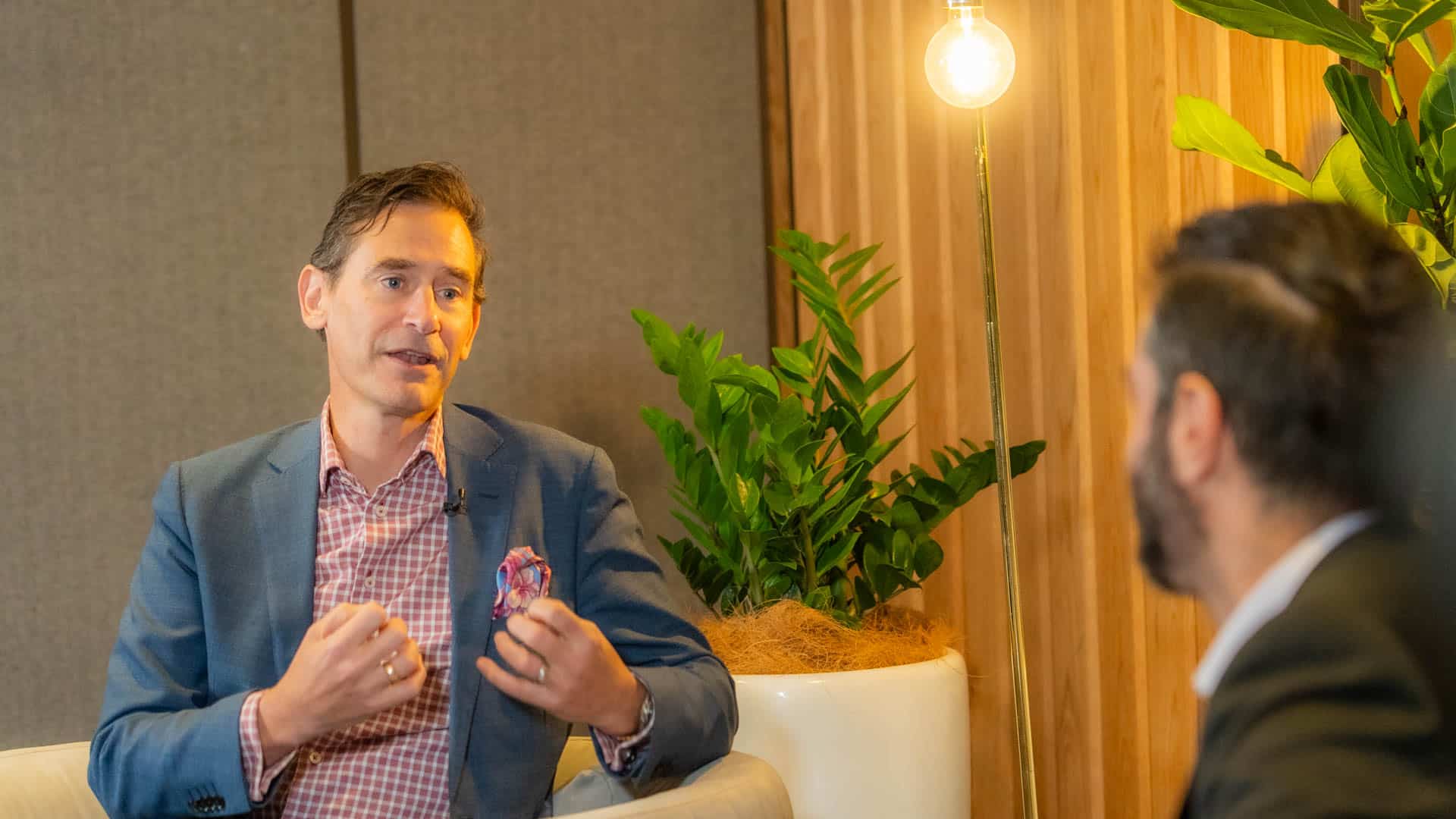
To bridge this understanding gap, he implemented a structured approach called E-I-E-I-O: engage, influence, educate, inform, and operate.
Jamie aligned security goals with Lion Co’s broader organisational objectives using this framework, ensuring security priorities were communicated effectively across the executive layer.
Acknowledging that breaches are inevitable, Jamie supports an “assumed breach” stance, which highlights incident response and coordination with senior management over preventing every possible threat.
This mindset shifts the focus toward resilience, ensuring the organisation is well-prepared to effectively respond and contain any incidents.
Through proactive response planning, he works closely with executives to ensure that Lion Co. remains resilient against potential cybersecurity events.
Jamie also stressed the necessity of integrating security measures early in technology initiatives, particularly within DevSecOps.
This approach allows security to be embedded without disrupting innovation, making it a seamless part of development and operations.
These interviews highlight the real-world strategies driving digital success across sectors.
As industries continue to evolve, these leaders’ insights offer valuable guidance for navigating the complexities of transformation in a digital-first world.

























